Work Design Publisher, Bob Fox, shares some thoughts on the future of work as we enter a new decade.
It’s the dawn of a new decade and the time of year where we assess what we have accomplished and look forward to setting new goals to improve our lives.
The workplace is a fascinating subject to study as it’s a complex and dynamic multidisciplinary environment. We are living in a very exciting period of history where the workplace is evolving from an overhead or operational expense into a complex instrument that leaders and their organizations can use achieve their strategic goals. We are in the midst of learning how to grasp its full potential as the study of people, our bodies and brains, human performance, our environment, technology and design incorporate the infinite variety of ways to assemble and experience a place.
But we often fail to accurately predict what’s coming. When we look back, it’s easy to observe the massive amounts of change, new technology, innovation and disruption. When we look forward, things are not as clear. We don’t always see the change that is coming, and we’re not always sure where to look. We tend to believe that things will stay constant, at least for a while.
Looking forward, over the next decade I believe there will be significant amounts of disruptive and unimaginable change. We can only begin to see that which is closest to us – autonomous cars, robots, AI, data analysis, quantum computing, etc. Those are only a few of the things that we are aware of, but there are many others that we have not yet begun to imagine.
The workplace is experiencing disruptive change from a variety of sources. Below is a list of the things to watch over the next decade that will impact our work environments, how we work, and the work we do.
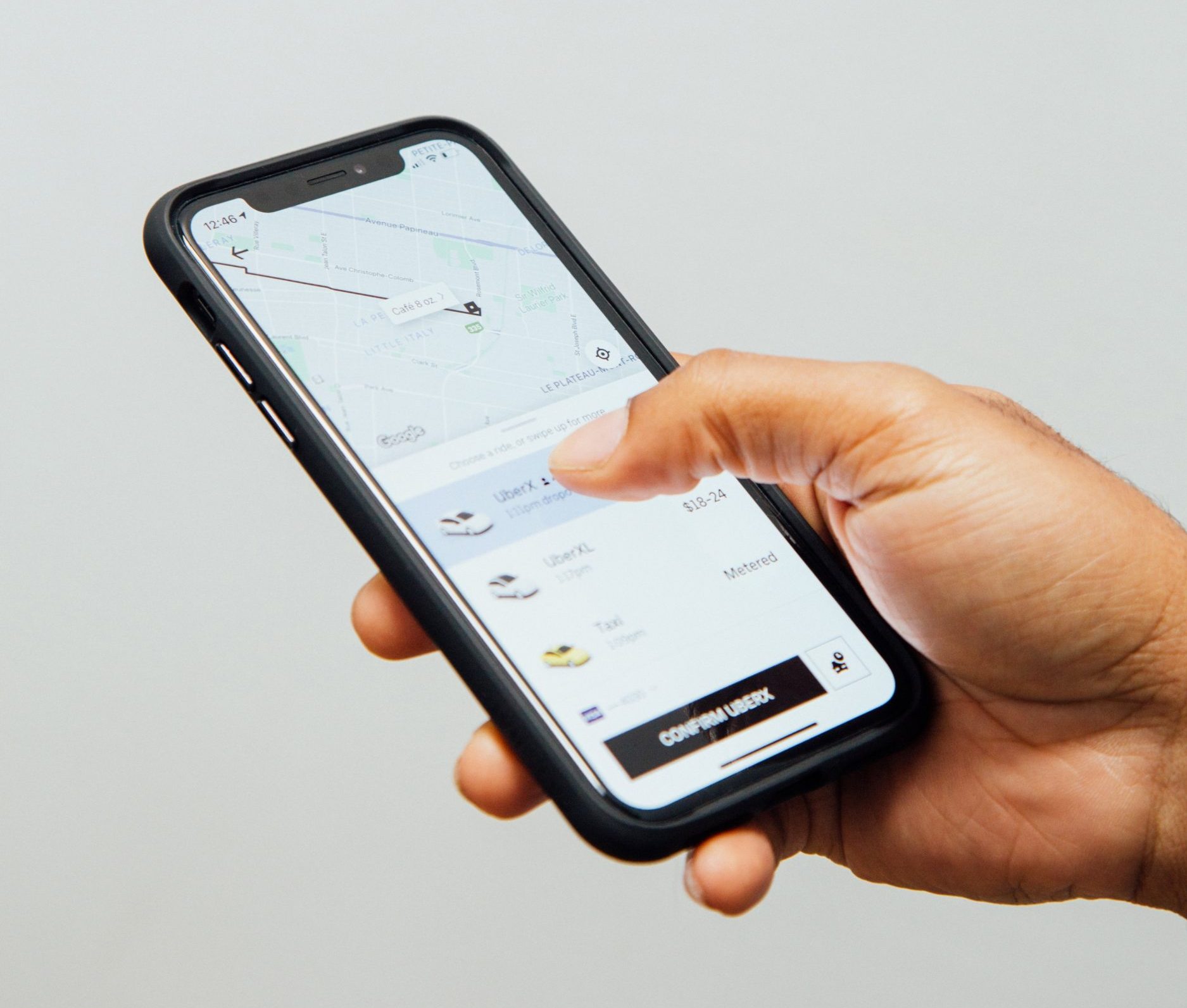
1) Collaboration and Trust – The Divide is Growing
Technology is the primary disruptor not only in the workplace, but in life overall. The collection of personal data enables us to receive better and highly customized services. In the workplace it can inform how space is utilized and managed and can control and schedule services ranging from booking a conference room to getting a light fixture repaired. Technology also raises issues around privacy control, use of personal data, and surveillance. How our data is used is not always transparent, yet we are either willingly or surreptitiously supporting the collection of this data.
We need to be able to trust the systems that gather our data and have a better understanding of how data is used. There is an inverse curve with services and privacy. The better and more specific the service you need, the more someone needs to know about you. We need to be mindful of the positive and negative effects of how technology can enhance the workplace experience and find balance between effective use of information without compromising personal privacy.
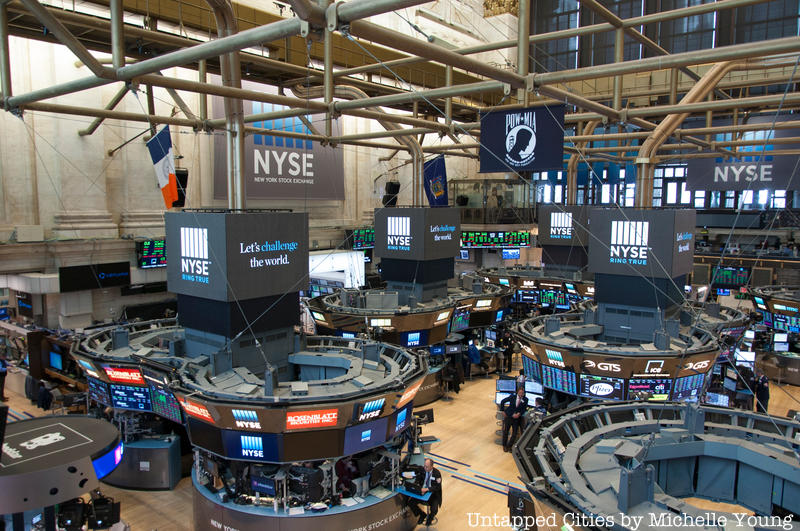
2) The Economy – What’s Next?
The economy is booming. We are in the longest expansion in history – that’s the good news. But we are crossing into uncharted territory.
There may be some dark clouds are on the horizon. We have artificially inflated an already healthy economy with our government running trillion-dollar deficits. So what? We are gainfully employed, there are plenty of jobs and we all appear to be benefiting.
The government doesn’t usually pump money into a healthy economy. What will happen when things do slowdown is anybody’s guess – but we all know it’s coming. Economies are cyclical. It will be interesting to see how reviving the inevitable slow economy is managed over a decade after the last recession.
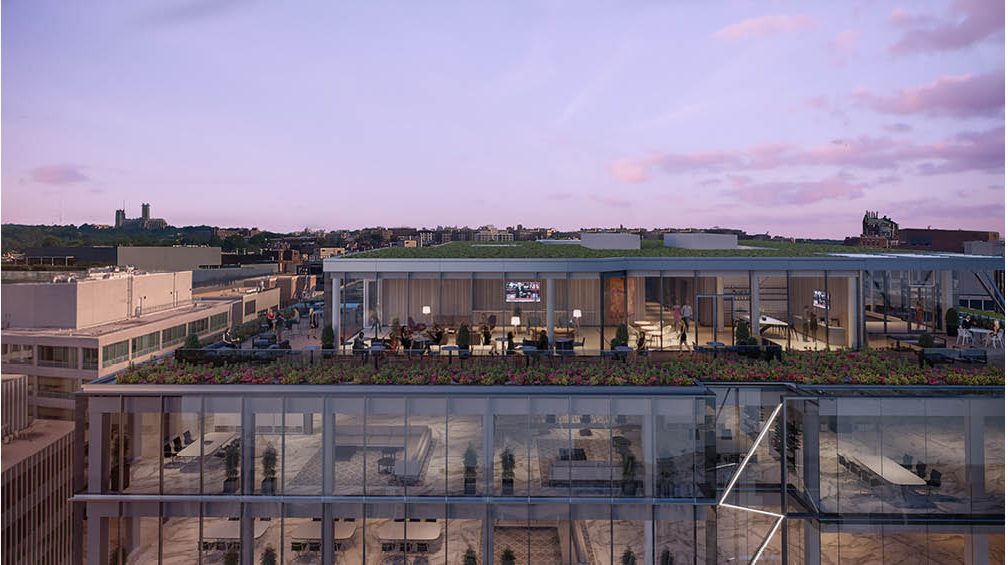
3) The Planet – We Only Have One
We only have one planet and I’m not sure that we will get a second chance. In the past, architects and designers have not exactly been “tree huggers”. Thanks to the evolution in product design and manufacturing over the past several years, and the continuing awareness and adoption of green buildings has given us more choices to specify and design responsibly.
Too often we take the path of least resistance, but we need to begin to demand more or our children’s future will be at risk. On the bright side, we are seeing more sustainable and net zero buildings. While the market tends to favor these buildings, we need to create more incentives to be responsible and do the right thing.
As an industry and profession, in order to maintain our value, we need to demonstrate leadership, be responsible and build something that is helping the planet, our environment and the people who use our buildings. Jobs and economic growth have often been considered more important than the planet – Greta Thunberg may begin to change that. The future holds promise, but it’s going to take some serious work on a very large scale.
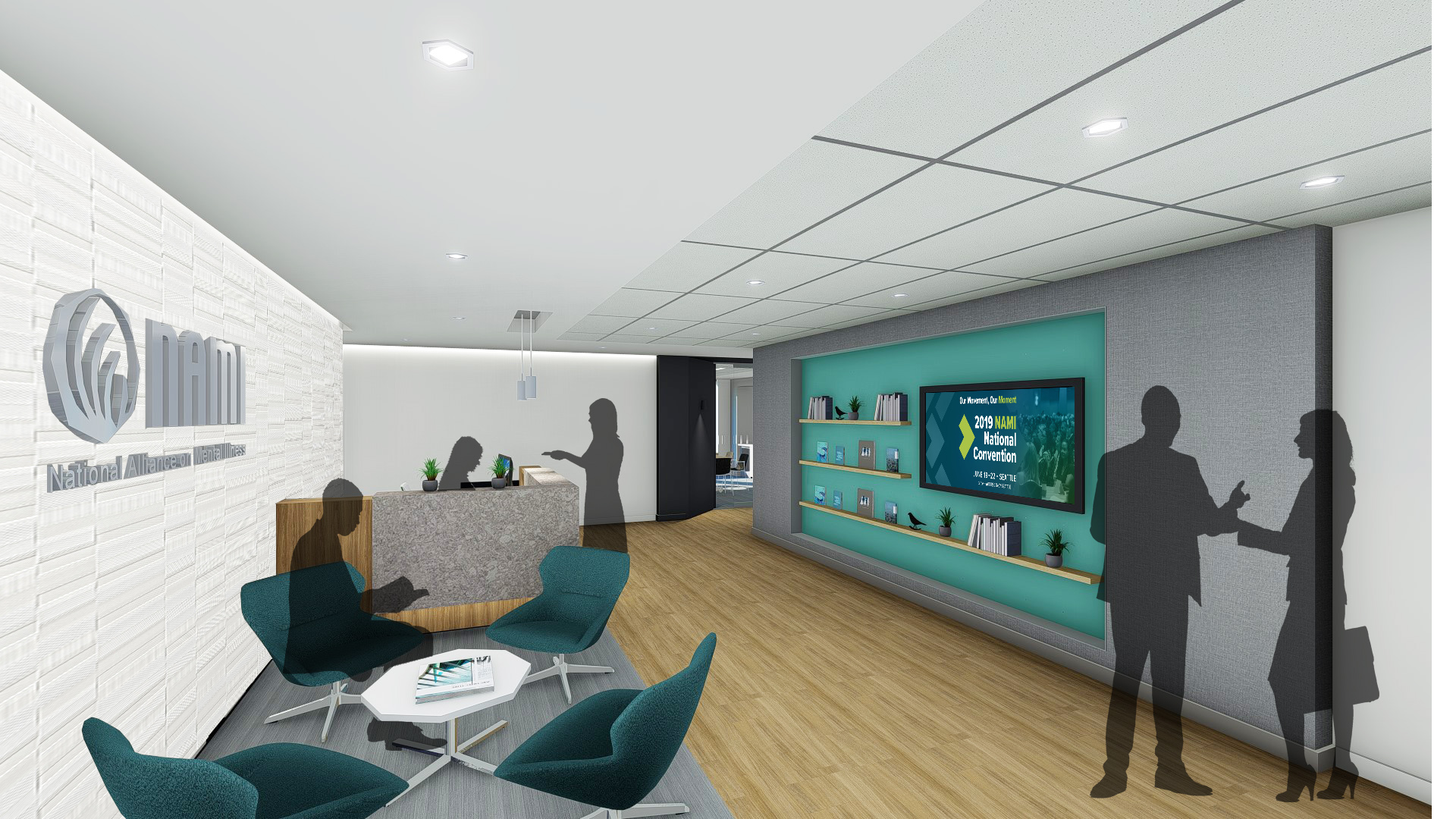
4) Wellbeing, People, and Neuroscience
There are several wellbeing focused programs and measures focused on creating healthy work environments. As far as business goes, the simple and obvious fact is that healthy people perform better. Work is creating stress, and stress can do a lot of harm to the human body. There is a price to pay for working too hard, sleepless nights, bad work environments, poor ergonomic support, lack of exercise, and unhealthy over processed food.
The world of neuroscience is still in a very young stage of development, but our environment has more to do with it than we thought. In the coming decade, I believe mindfulness will lead to technology and spaces that will alter our minds so we can enter an efficient work flow. We have so much more to learn about the connection of our minds to our environment.
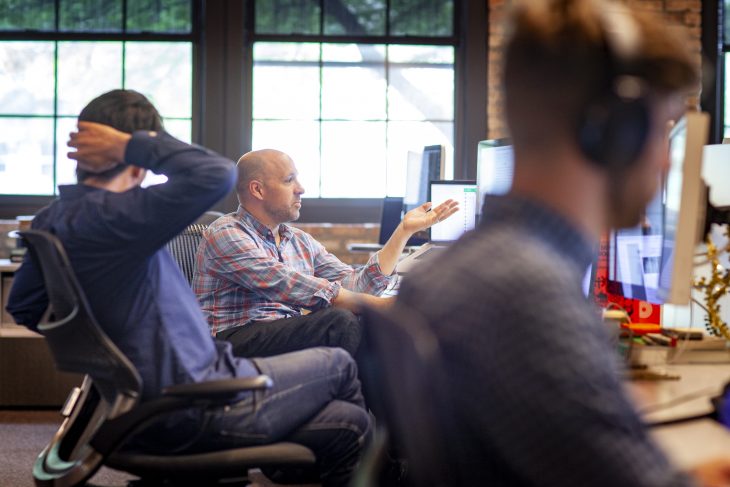
5) Culture, Values, Leadership and Diversity
Culture remains high on the c-suite’s list top priorities and has been one of the big drivers in workplace design over the past decade. As Rex Miller described in his book Change Your Space, Change Your Culture, the workplace is a proxy for culture and the design should reflect values and help shape and influence the organizational behavior. In addition to culture, visionary leaders are realizing that the workplace is a powerful instrument to drive their companies and organizations forward, align their people and help to communicate and reinforce their vision and goals.
Organizations have a set of values such as transparency, equality, collaboration, etc. that can be easily communicated through the design of the space. Integrating those values with leadership vision helps a space lever the leadership priorities and message. We will see more visionary leaders begin to take advantage of the power that space has to influence people and organizations.
We shape our buildings and afterwards they shape us
Winston Churchill
6) Furniture
The contract furniture industry is facing some of the most compelling challenges. The market changes have been completely disrupted and are currently challenged by their outdated practices and business models. While the major manufacturers are still dependent on the traditional dealer/service practices, they are being forced to compete with new startups that are not held back by the existing complicated, confusing and expensive procurement processes that have governed the market seemingly forever. Dealers are re-examining their service offerings so they can compete in the emerging marketplaces that are also providing furniture (and design services). Not only has the type of furniture that is being specified and purchased for today’s workplaces changed, how it gets there and who provides it is also changing.
The major furniture companies invest in incredible research on how people work, what makes great workplaces, how to navigate workplace change and are a considerable resource for those in the A&D community who specialize in workplace design. The R&D capabilities on new technologies to bring innovative products to market to support healthy workplace, environmentally conscious materials and manufacturing processes are all great value to the industry. Morphing those attributes with the changing design, specification and procurement environment is where the next round of changes will happen.
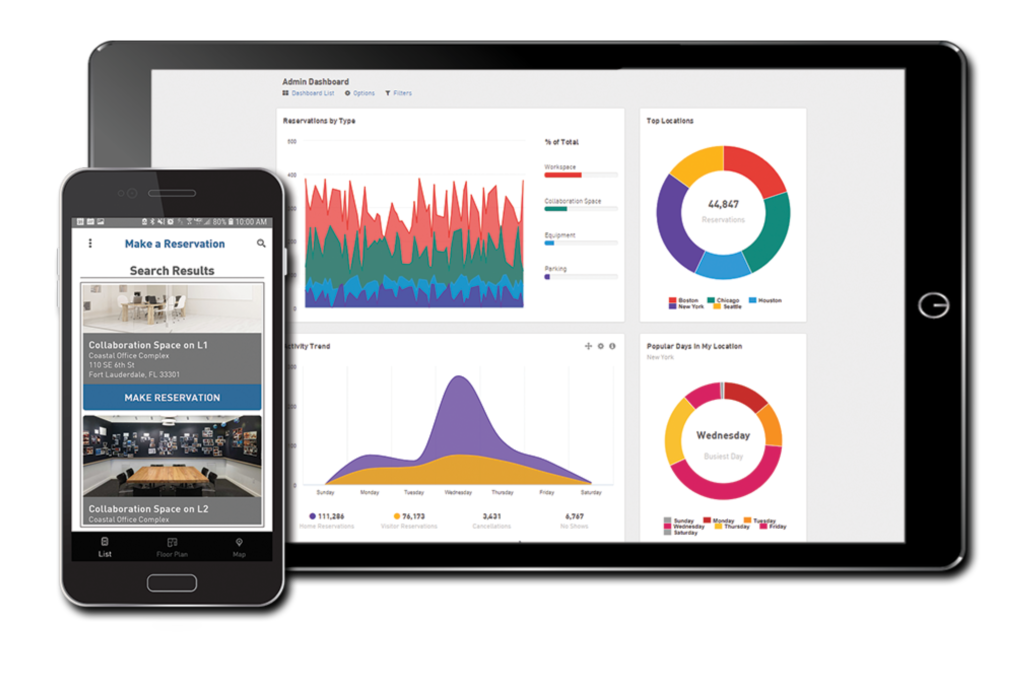
7) AI and New Data
One of the biggest potential disruptors on the horizon for the workplace is the use of artificial intelligence and the use of big data. There are so many areas where data and AI can affect the way we work.
Today, we are collecting massive amounts of information that we do not yet fully understand. The information that we are using is still basic such as sensors, tracking utilization, and scheduling tools. Over time, the analysts will begin to see patterns emerge that will lead to even more valuable information. Artificial intelligence as an industry, is growing rapidly, but it is still developing how it will benefit the workplace, with the expectation that it will prove to be a valuable productivity tool.
Like the telephone, email will be superseded by a new tool and AI will filter and prioritize less important emails which will be autonomously sorted, filed, and an appropriate response determined. My bot will schedule meeting with your bot. AI is already correcting my mistakes as I am writing this article, offering alternative suggestions. The technology is listening and learning, and we should start to see an explosion of new tools over the next decade. This is one of the most promising areas on the horizon.

8) Interdisciplinary Cross Functional Design Process
Due to the complexities of today’s workplace planning needs and complicated building designs, how we work together with the right cohort of participants is the key to providing effective design solutions.
Designers are generalists. We need to know a little about a lot, then coordinate the details with the experts, who know a lot about their discipline. It’s the connections, sharing of information, and how we execute that make design work successful.
Today’s work environments are only as successful as the leadership and communication that is provided across the board. The design profession needs to find and implement the best places in the process where they can be of the most value to all stakeholders.
When you look at the unique and separate systems required to design, build, and operate a building and/or a workplace, the coordination and interdependence required is immense and growing rapidly. It requires a new process for how those systems need to be integrated into the larger whole. The designer’s role is key, but unfortunately some of the most important and impactful features are left until it’s too late in the process and the benefits are limited and not fully realized.
As a profession (and industry) we need to reexamine the traditional phases that have governed design projects. Developing a more robust process that is more open to including all the participants needed to properly define and develop a project is what we should be focusing on to meet the demands of today and tomorrow.
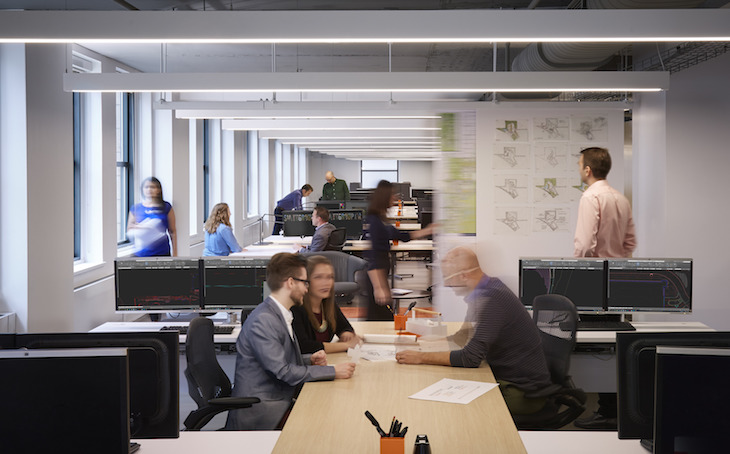
9) Nuance
The complexity that is described above will provide a greater degree of specialization and customization leading to more innovation in our workplaces. It will cause our industry to be caught in the throes of new types work, workplaces, and more disruption. When this happens, the traditional process will become broken and functionally obsolete, the technology has already enabled a very high level of personalization and customization in the way that we work. Workplaces are getting much more diverse, complex and more finely tuned to specific tasks. We will see a trend towards more personalized, specialized and customization options in the workplace.
Understanding the context of how spaces need to work together to create a cohesive work environment that incorporates technology in a smart way, and gives precedence to how the population in that specific space, needs to interact is where the designers can best provide the “nuance” needed to make the space work best for all.
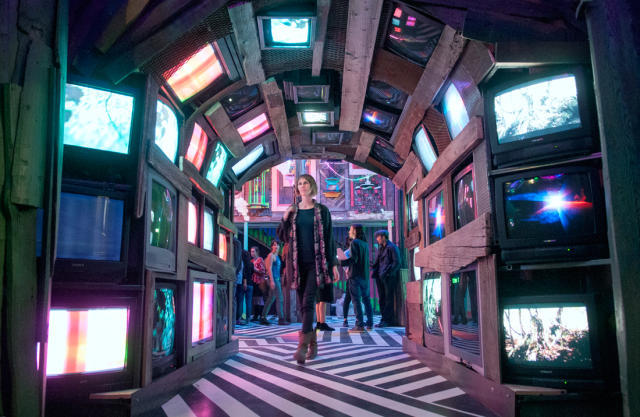
10) The Bot vs. The Humanities (I saved the best for last!)
As technology gets smarter, there are two paths we can choose. I’ll call one the dark side – where we become slaves to technology. The iPhone and email are examples of this as we spend way too much time checking our devices and on sorting through spam. They are great tools, but there is a limit to what is acceptable. Our lives are already too busy, how much more work can we accept? And, when does the law of diminishing value for our time and productivity kick in?
The other path is the bright side – where the technology gets really smart and takes all the drab, boring, mundane repetitive and nonproductive tasks off of our plates, we are free to engage with others and conversations about philosophy, the arts, our consciousness and the meaning of life will flourish. Technology will remove all the encumbrances and will provide infinite time for the things that we enjoy, being creative, engaging with other humans and building meaningful relationships. That it will lead to an explosion of the humanities, a new renaissance, immense non-monetary wealth, and long healthy lives for all.
There will always a be struggle between good vs. evil, but I am confident that we have enough smart people on this planet to maintain a healthy set of values and protect and defend those less fortunate than ourselves. The beauty of the future is that it provides opportunity for everyone. I expect that most of what I’ve written will be very different in a few years. I hope to be blown away by more great ideas and experiences that are coming in the next decade.
Source : www.workdesign.com/








